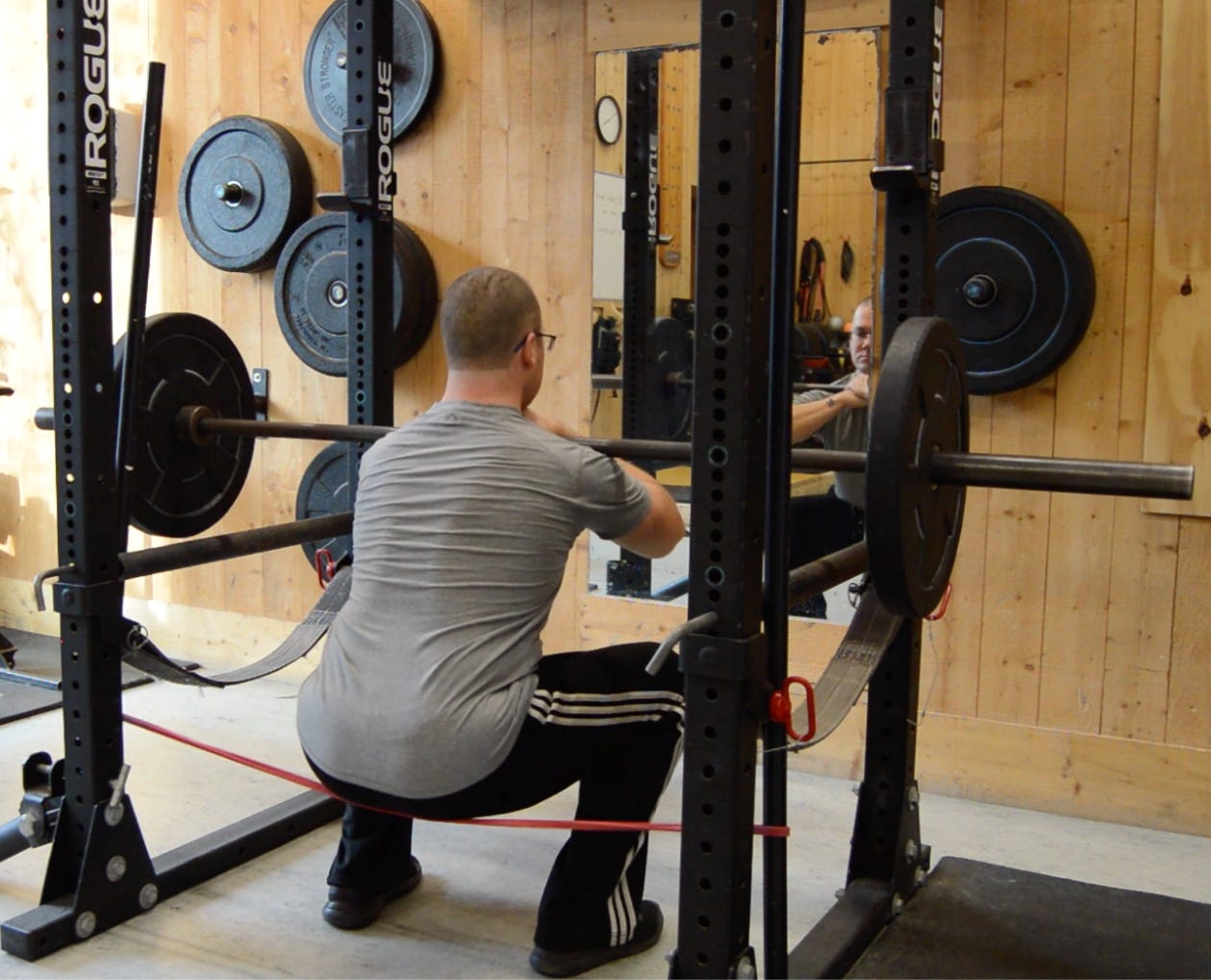Most of my writing so far in 2023 has come from getting back to in-person strength coaching with the Craftsbury Green Racing Project over the winter. I do video review with the rowers I coach online, but there’s no substitute for watching athletes move on a regular basis for every exercise, set, and rep of a training session and hearing their questions and feedback in real time.
I am assuming that if the GRP high-performance rowers, all of whom come from top college programs with year-round strength and conditioning training and coaches, require my coaching on these technique features, then most other rowers could benefit from more attention here too. Like all assumptions, it won’t hold up 100% of the time, so take what you want from this as it applies to you or the rowers you coach.
Remember the overarching principles from my new “Strength Training Priorities” article: I’m always reminding that good technique, tempo control, full ROM, and hitting the target RPE strain based on technical failure (not muscular failure) are more important than the load of the exercise. This alone solves a lot of common problems from a load-first approach.
Watch my new video from last week on the front squat, with demos of the following common errors. I’ve made a few specific notes below on how these show up in deadlifts as well.
Hips and shoulders move together: Hips popping up before the shoulders loads the back rather than the legs, and often results in the low back rounding. The torso should be a solid piece transferring effort from the feet (ground) to the bar. Think connection! On deadlifts (hex bar and otherwise), this also includes taking the slack out of the bar before initiating the lifting phase.
Knee stability: Knee wiggle or caving inwards usually corrects with attention, lighter weights, tempo control, and building up gradually in weight. This could also be affected by quad, adductor, and/or abductor strength. It’s rarely fixed by mini bands and clamshells alone.
Manage the reversal: Common error on squats to sharply dip into and attempt to ride the stretch reflex out of the bottom position, even when controlling tempo through 4/5ths of the rest of the movement. Pausing at the bottom position of squats can help improve awareness.
On deadlifts, this manifests as bar crash at the floor. Rowers who do this in the gym are often rough on water/erg with the extra lunge forward approaching the catch. I cue “quiet deadlifts” to manage the reversal point between lowering and lifting with no bar crash. Watch my 2021 video on the hex bar deadlift with “3 ways to pause,” and notice how I don’t drop the weight or relax into the bottom position when the plates hit the floor.
Balanced foot pressure: Quadriceps-dominant rowers tend to need cueing on lower body exercises to balance the foot pressure evenly between forefoot (ball of the foot) and hindfoot (heel). I look for the heels lifting on squats, deadlifts, or single-leg squats as an indication of shifting the exercise emphasis toward the quads and away from the glutes and hamstrings. This also puts more pressure on the knee, potentially causing pain from lower body exercise. When someone says that squats hurt their knees, tempo and achieving balanced foot pressure often resolves it.
With any technical problem, the FIRST solution we want to try is increasing focus, reducing load, and building up gradually with good technique over multiple sessions, weeks, or sometimes months. When the athlete can’t perform the goal technique at all, struggles with even very light loads, or reverts quickly to the error with even a small increase in challenge, or experiences pain, we refer to a physical therapist for diagnosis and correctives.





